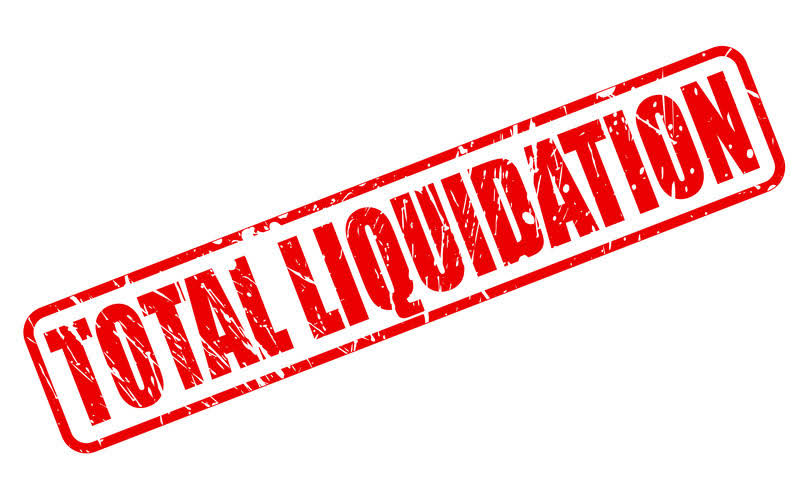
This integration offers automated data entry and synchronization, eliminating manual input and reducing errors. Financial transactions recorded in CaseFox seamlessly map to corresponding accounts, ensuring accuracy and saving time. Balance Sheet and Income StatementThe transaction records roll up to create your firm’s financial statements. The balance sheet shows your firm’s asset, liability, and equity balances as of a given day. The income statement shows your firm’s aggregate revenues and expenses over a specified timeframe. A well-organized Chart of Accounts is a vital tool for effective financial management in law firms.

Customized Reports
If you run the balance sheet for the first month, it should show your client currently owes the interest to the state. Then, when the money is paid to the state, the money is no longer owed and the interest payable account will be zero. If you’re not sure what tax deductions you should be watching for, our post covering the top tax deductions for lawyers and law firms is a good place to start. Accounting for law firms becomes so much easier when you work with an accounting professional from the beginning. It’s also important to keep accurate records and track funds in general retainers. Unearned fees (like general retainers) should be kept in a separate account so that they are not used in error.
Steps to Easy(ier) Legal Accounting
Second, equity ownership can help law firms hire and keep the best people. Offering equity ownership as part of a lawyer’s compensation package can be a way to get good lawyers to join the company and keep them there for https://www.bookstime.com/ a long time. This can be particularly important in a competitive legal market where talented lawyers are in high demand. A well-structured Chart of Accounts makes it easier to generate customized financial reports.
- As a safety net against future losses or obligations, the company’s equity also protects the company’s debtors.
- The account’s unique identifier (e.g., 1010.1) is used to specify where the debit or credit is to be recorded.
- Once you create an appropriate chart of accounts, your firm needs a complete system for logging time, expenses, and client funds into those accounts.
- By assigning specific codes and names to various accounts, a chart of accounts enables accurate tracking.
- For example, under Expenses, you can have subcategories like Office Rent, Salaries, Utilities, Legal Research, and Marketing.
- This ensures each transaction is accurately recorded and balanced, preventing errors that could throw off the entire ledger balance.
- A properly structured chart of accounts enables you to accurately track and report financial information in accordance with these regulations.
Importance of a well-organized chart of accounts for law firms
Read on to learn how to anchor your accounting system with a solid chart of accounts. We’ll cover the role the chart of accounts plays in your firm, its components, a sample template, and tips on correctly setting up a legal chart of accounts. In the end, the chart of accounts, the budget, and management preferences all must align in an effective accounting system. As I close, let me encourage you to give your chart of account decisions plenty of thought. If you don’t give your chart of accounts the early love it deserves, you may regret it. Creating a new accounting systems six years out, for example, would be a major headache.
Well, let’s delve deeper into the reasons why a well-organized chart of accounts is vital for the success of your law firm. Legal bookkeepers and legal accountants work with your firm’s law firm chart of accounts financials, with the shared goal of helping your firm financially grow and succeed. Another resource to check is the State Bar of Georgia’s sample chart of accounts for lawyers.
Lastly, a well-organized chart of accounts ensures compliance with regulations. As a law firm, it’s crucial to adhere to applicable financial regulations and reporting requirements. A properly structured chart of accounts enables you to accurately track and report financial information in accordance with these regulations. This not only helps you avoid penalties and legal issues but also enhances the credibility and trustworthiness of your law firm.
- Clearly label these accounts and record all transactions accurately to ensure compliance with ethical and legal requirements.
- When looking at the importance of solid accounting, you’re really talking about looking at financial data on a regular basis.
- It serves as the backbone of an accounting system, providing a framework for organizing financial data in a logical manner.
- By following these guidelines, you can ensure that your chart of accounts is well-organized and tailored to the specific needs of your law firm.
- Well, in simple terms, it’s a systematic way of organizing your firm’s financial transactions.
Segregated liabilities

In fact, I suggest that it is the single best and most effective way to raise the financial reporting at your organization to the next level. A chart of accounts, or COA, is a complete list of all the accounts involved in your business’s day-to-day operations. Your COA is useful to refer to when recording transactions in your general ledger. Equity ownership is something that law firms should think about for a variety of reasons.
Tips for keeping your chart of accounts organised
- Unlike a trial balance that only lists accounts that are active or have balances at the end of the period, the chart lists all of the accounts in the system.
- Moreover, it ensures compliance with the Lawyer Trust Account (IOLTA) and other legal accounting regulations.
- The benefit can be immediate (in the form of straight cash) or potentially built over time (like your firm’s operating account).
- By following these best practices, you can establish a well-organized and efficient chart of accounts that serves as a solid foundation for managing your law firm’s finances.
- The same is true for complex journal entries that adjust work in progress (WIP) values, or over/under billings entries at companies that work with multi-month projects.
- Furthermore, a streamlined bookkeeping process is another advantage of having a well-organized chart of accounts.
By categorizing accounts into assets, liabilities, revenue, and expenses, firms can generate accurate financial statements and reports efficiently. This structure enables easy identification and aggregation of data, providing a comprehensive overview of the firm’s financial health. For instance, calculating total assets or expenses becomes effortless by summing up the corresponding accounts within their types. A hierarchical structure streamlines financial management, enhances reporting accuracy, and empowers law firms with valuable insights for sound financial decision-making.
Most companies choose a metric such as labor hours and estimate a rate per labor hour that “uses up” these indirect costs over the course of a month or year. For example, consider a simple manufacturer who last month had $1,000 of manufacturing supplies and $1,000 of shop repairs, for a total of $2,000 of indirect expenses. Based on that, the company decides to allocate indirect cost to future projects at a rate of $10 per hour ($2,000 total costs/200 shop labor hours). The account’s unique identifier (e.g., 1010.1) is used to specify where the debit or credit is to be recorded. First, let’s look at how the chart of accounts and journal entries work together. Take the time to establish a robust Chart of Accounts with PageLightPrime—it’s an investment in the future success of your legal practice.

Trust Interest Payable
Your law firm needs to generate comprehensive reports that provide a clear overview of its financial health. A well-designed chart of accounts enables you to categorize your revenue, expenses, assets, and liabilities in a logical and systematic manner. By having specific accounts for different types of transactions, you can easily track and analyze your firm’s financial performance. A chart of accounts in a law firm consists of key components like assets, liabilities, revenue, and expenses. Each category contains specific accounts representing different financial transactions.
